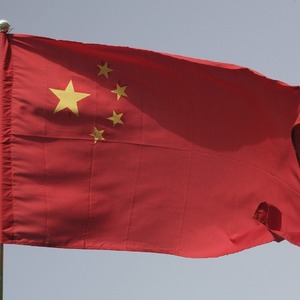China offers subsidies for additional biomass power projects




January 8, 2013
BY Erin Krueger
A notice posted Jan. 8 to the China Internet Information Center states that the country has increased the number of renewable power projects that qualify for state subsidies under a tariff surcharge program. According to the posting, biomass energy projects make up part of the 496 projects included in this batch, which is the third batch to become eligible for the subsidies.
The statement goes on to explain that power customers in China are subject to a surcharge that is used to subsidize qualified renewable power projects. An estimated 8.6 billion yuan ($1.4 billion) was paid in these subsidies last year, 2.02 billion yuan of which went to biomass energy projects.
Earlier this month China Everbright International Ltd. announced that its proposed Anhui Hanshan biomass power generation project , which is located in China’s Anhui Province, is moving forward following approval by the National Energy Administration. According to Everbright International, the project will be classified as a part of the national plan and is eligible for the unified national biomass feed-in tariff of RMB.075 per KWh. “This is the first green light that the biomass industry has received after the government tightened biomass power project construction management in 2010,” said the company in a statement.
Advertisement
Information released by Everbright International notes that the project, which will feature a 30 MW generator will command an investment of RMB320 million. Once operational, the facility is expected to have the capacity to take in 300,000 metric tons of agricultural waste feedstock per year, including cotton and stalks. Construction is scheduled to begin during the first half of 2013.
In Oct. 2012, China’s Information Office of the State Council published a white paper on the country’s energy policy. That paper specifies that “China endeavors to increase the shares of non-fossil fuels in primary energy consumption and installed generating capacity to 11.4 percent and 30 percent, respectively, by the end of the 12th Five-Year Plan.”
Regarding biomass, the white paper specifies that develop biomass energy based on local conditions, among other factors. The policy will promote power generation from a variety of feedstocks, including crop stalks, grain-processing residues, and bagasse in major grain and cotton producing areas. In addition, the paper specifies that woody biomass power generation will be carefully developed in forest-covered areas. “Attention will be given to the promotion of electricity generation by means of waste incineration and landfill gas in urban areas. The country will also speed up the construction of biomass gas, including methane, supply systems in eligible regions, and build production bases of biomass molding fuel in accordance with local conditions. Efforts will also be made to develop biodiesel and industrial cellulosic ethanol,” said the government in the white paper posted to its official web portal.
Advertisement
Data posted to the International Energy Agency website notes that solid biofuels accounted for 2,351 GWh of gross electrical generation in China in 2009. During the same time period biomass accounted for 11,869 in gross heat production.
A more recent analysis published by the U.S. Energy Information Administration in Sept. 2012 notes that renewables other than hydroelectric power made up only 0.3 percent of China’s total energy consumption in 2009. Hydroelectric and coal accounted for a relative 6 percent and 70 percent.
Upcoming Events





